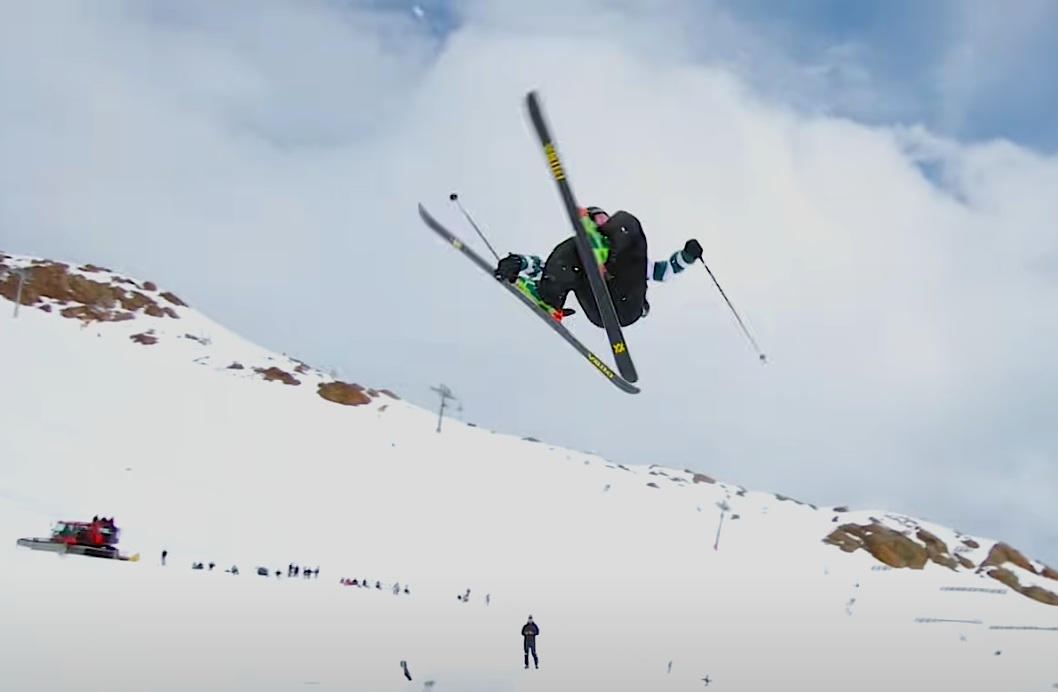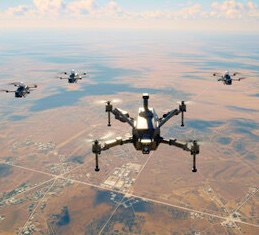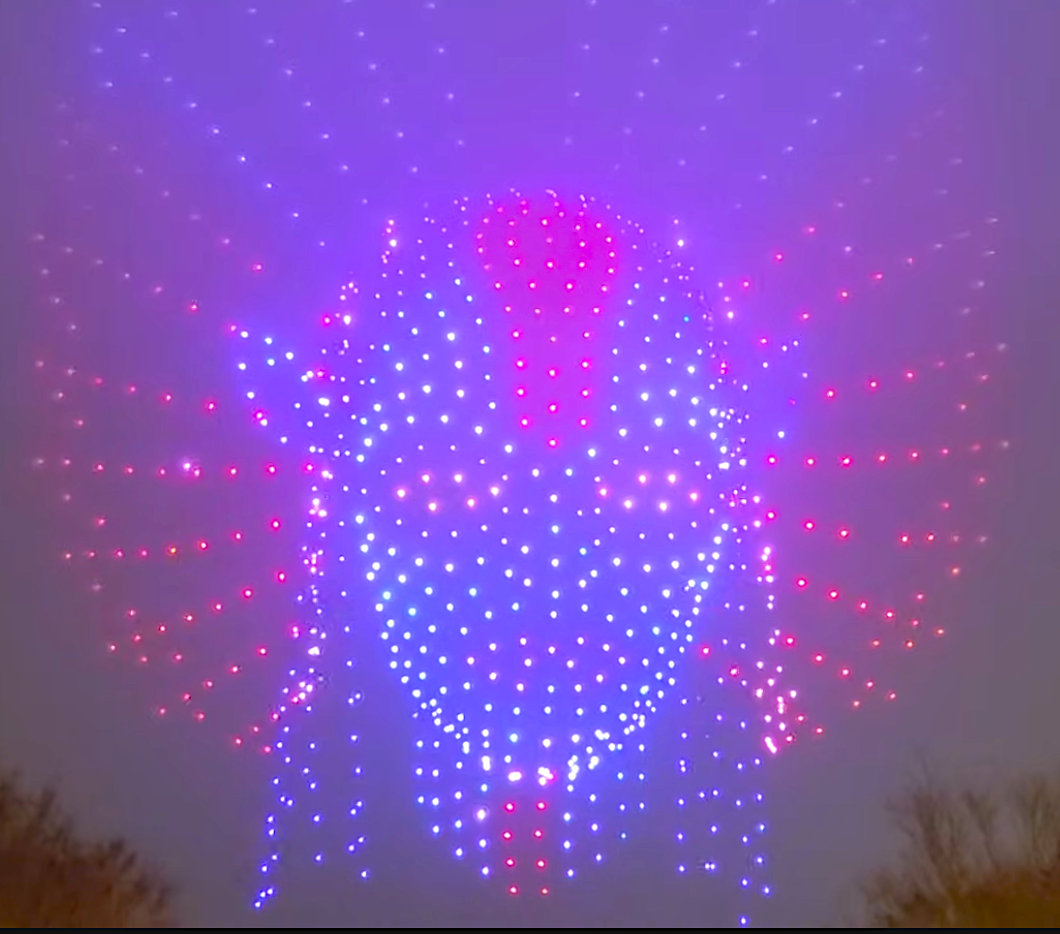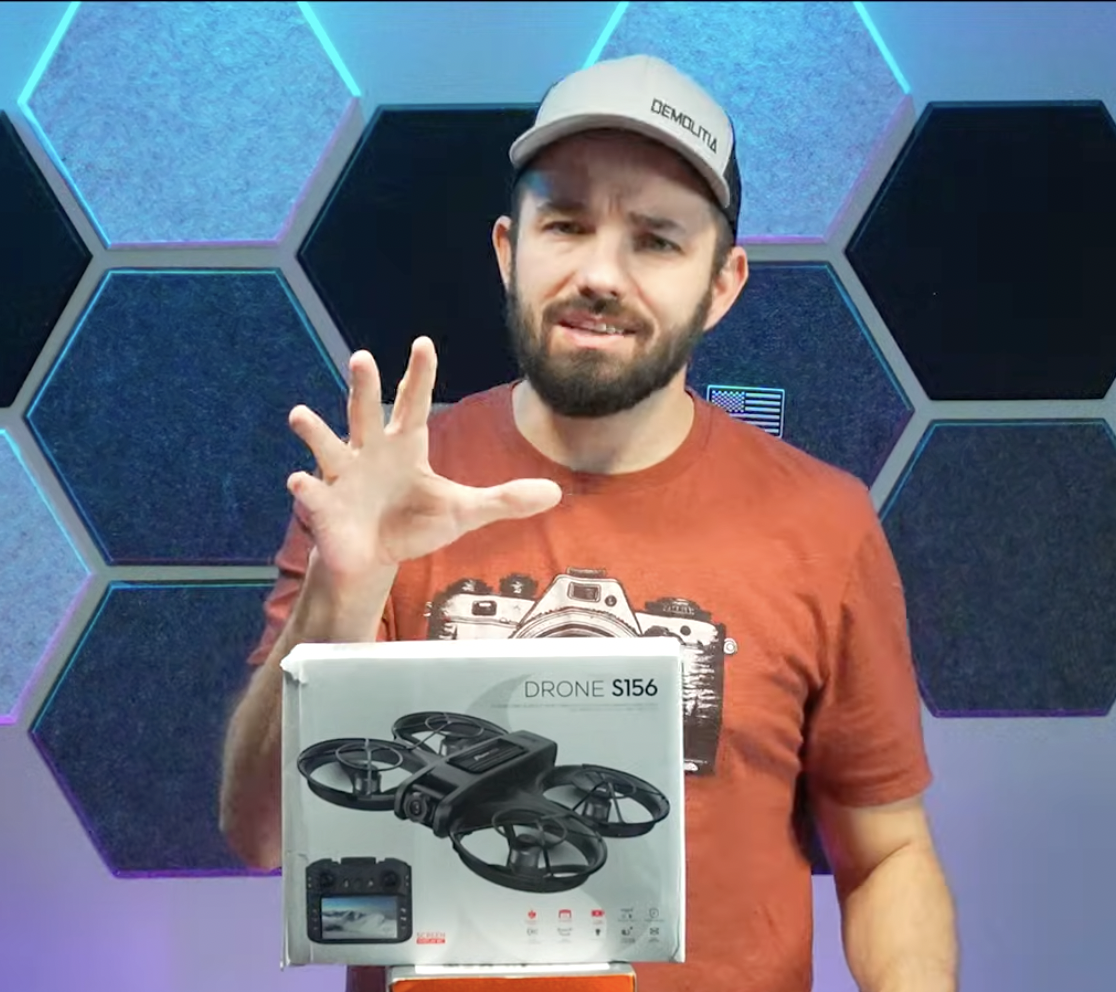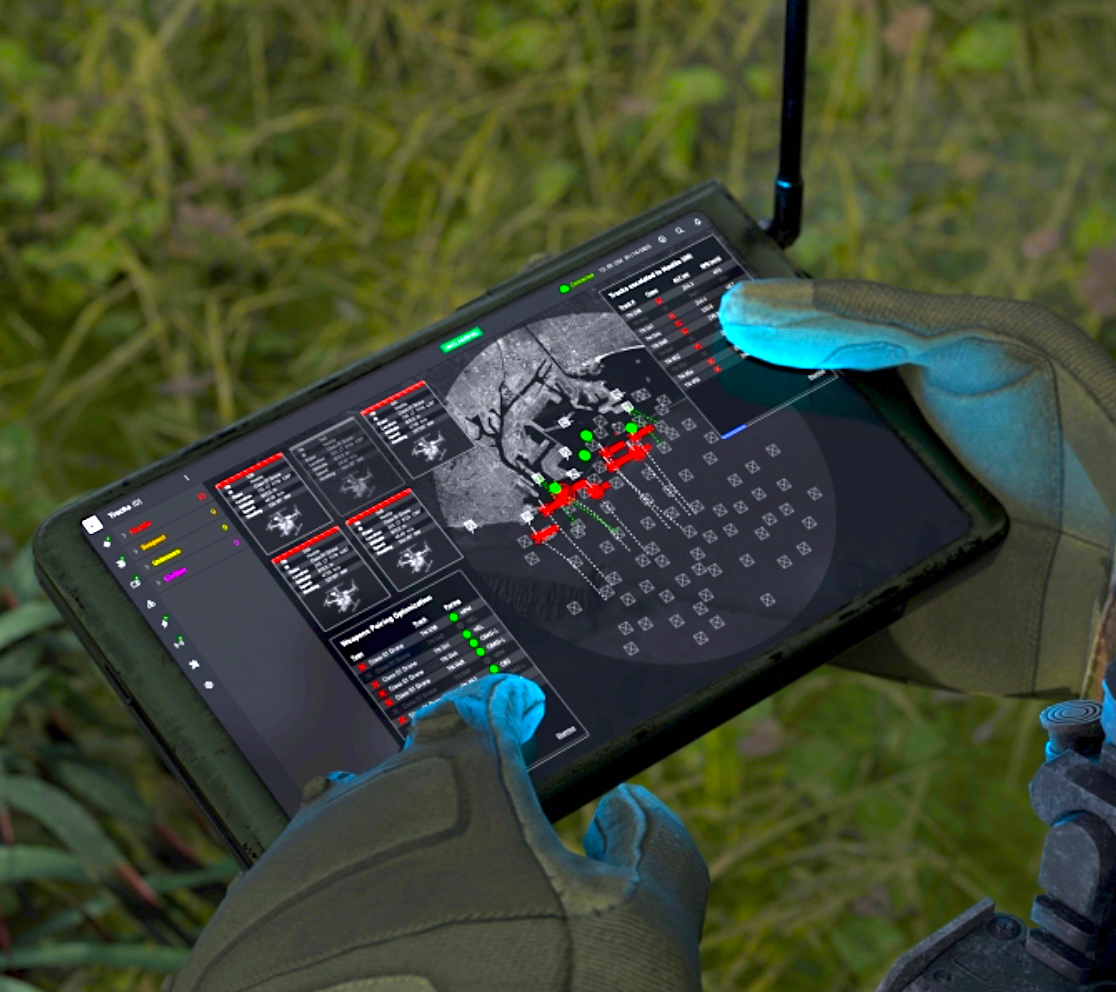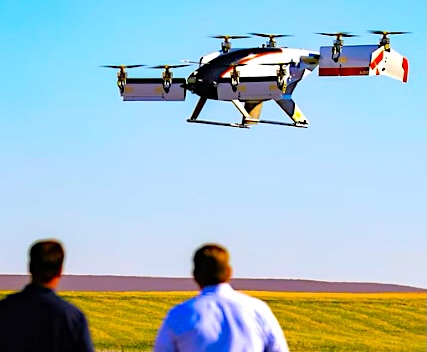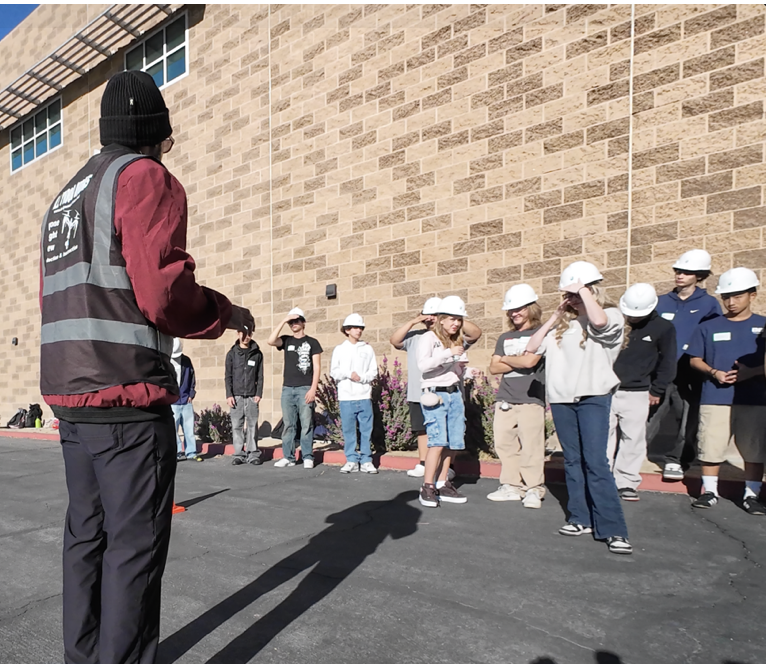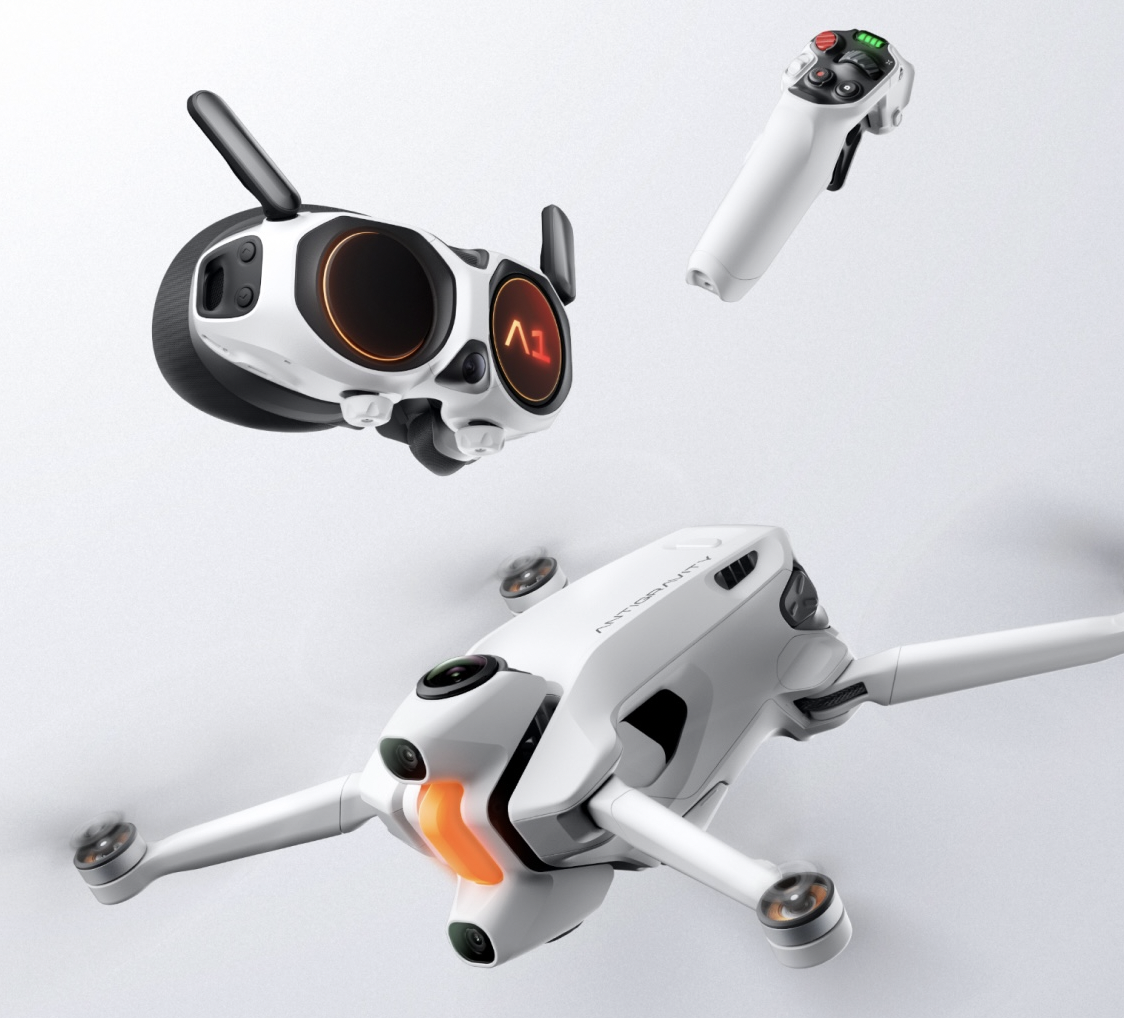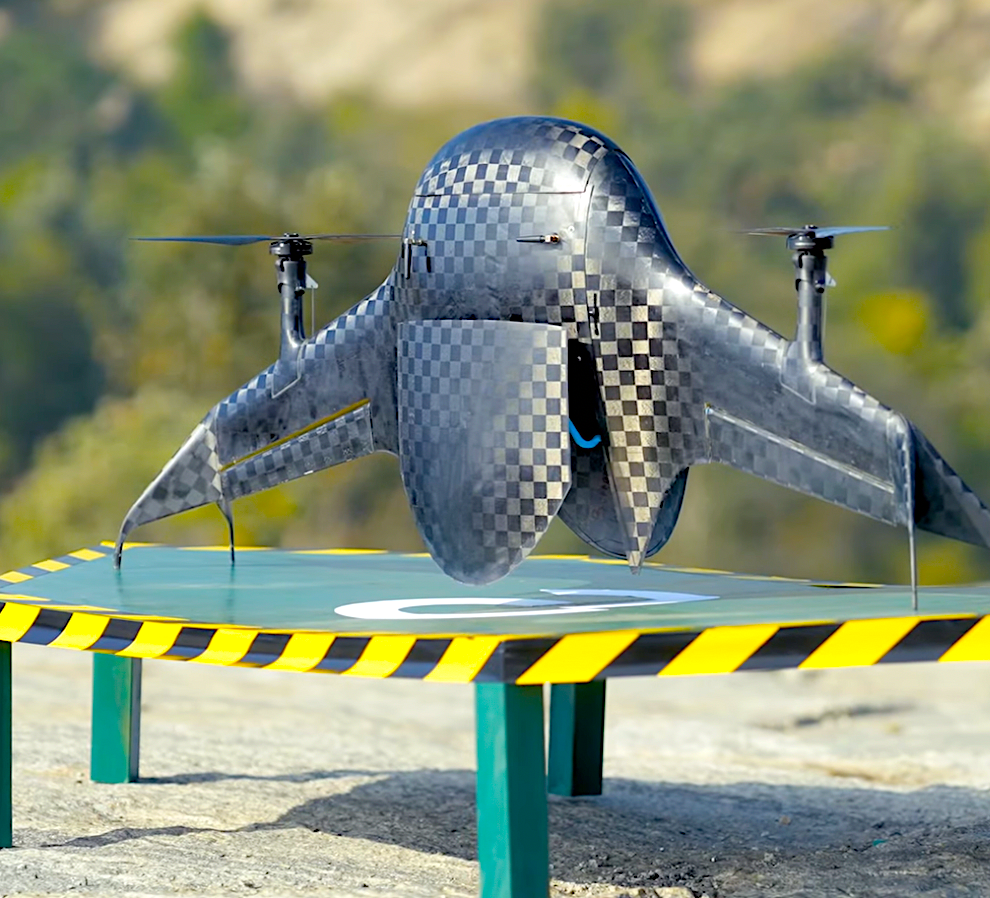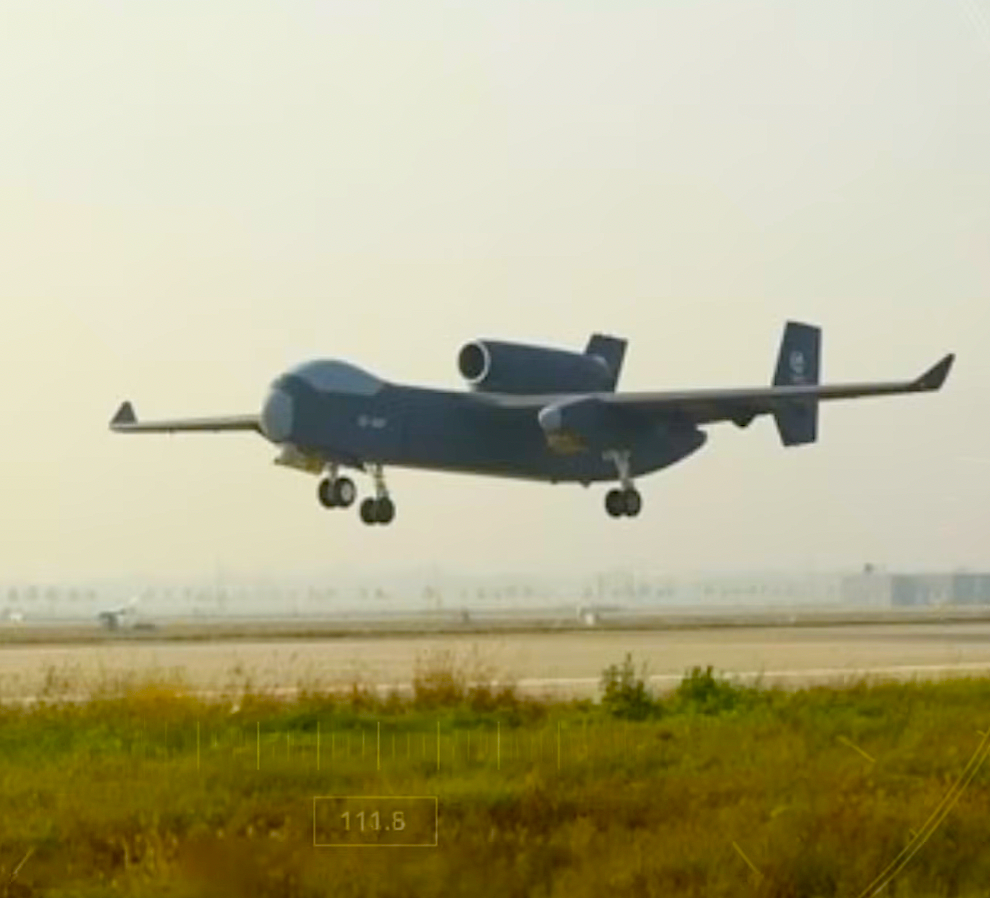Featured NewsFPV DronesDrones Drive Advances in Winter Sports Coverage
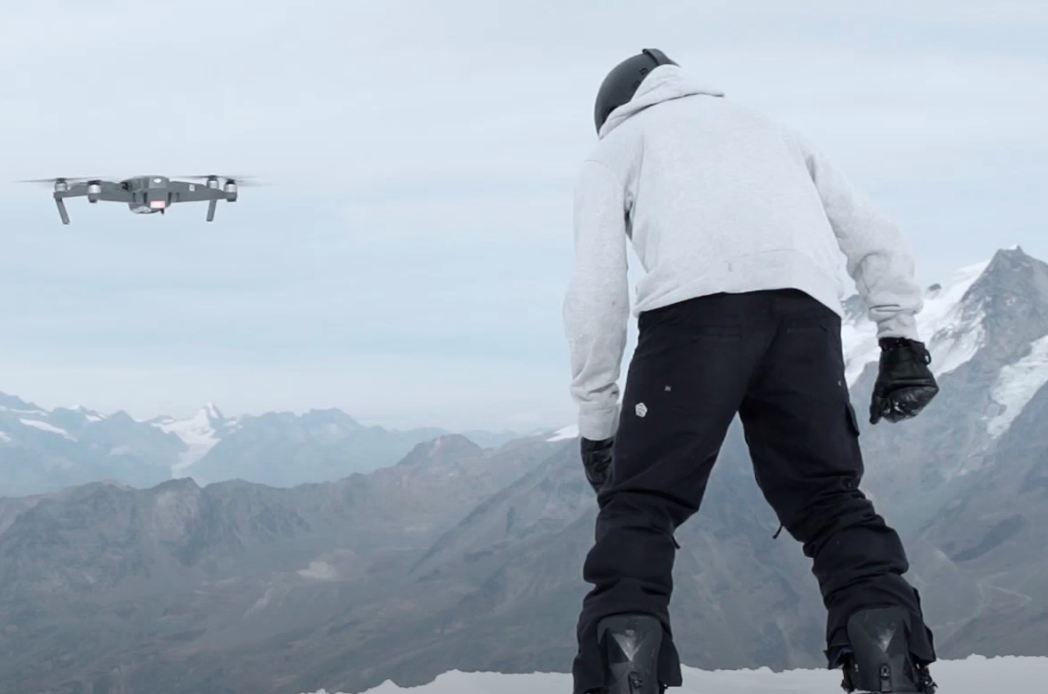
Over three weeks in 2022, North America's Natural Selection Tour features competitive freeriding at three different, wide-open and natural large-terrain venues. Unfortunately, the massive size of the venues makes conventional broadcast techniques—such as static cameras, follow-riders armed with Go-Pros, and cameras on pre-rigged cable systems—less than up to the task of capturing the true excitement of the events.
But 39-year-old Travis Rice—one of the most influential snowboarders of the past two decades—devised a way to capture the drama of the National Selection Tour's scenery, runs, and riders with a visceral, cinematic intensity.
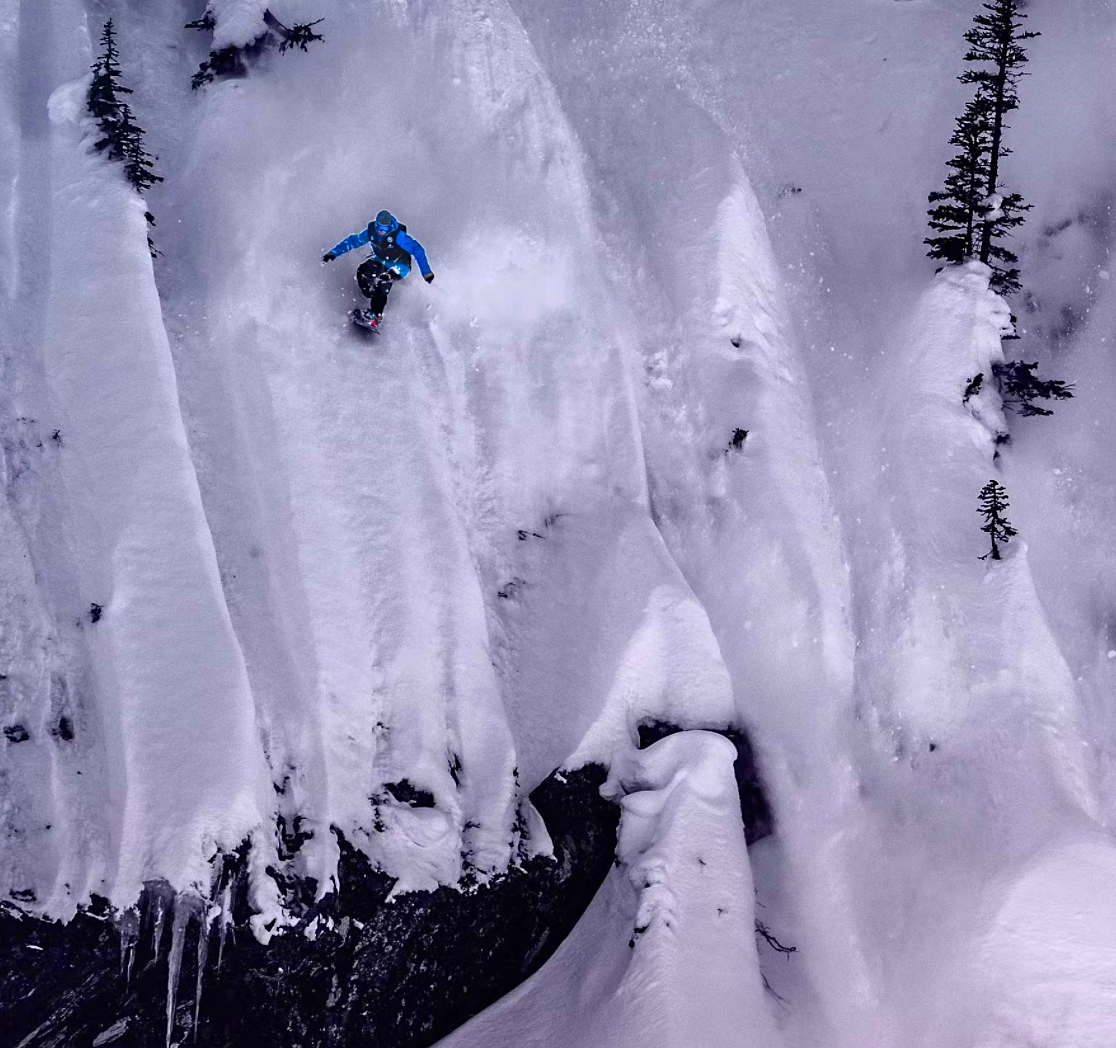
All it took was stealing a few licks from the video-gaming world and ultizing high-speed racing drones.
"Over the years of trial-and-error with filmmaking, we realized pretty early on that the nature of this event—and how large and complicated the event venues are—meant it had to be captured in a special way," said Rice, who has worked on more than 20 snowboarding films. "I wanted to deliver an immersive experience. For example, people are used to looking at that third-person shooter angle in video games, so I feel like providing a familiar way of experiencing and watching something reduces a barrier to entry."
To achieve the desired thrills, Rice's cinematography team uses custom, high-speed racing drones—reportedly the first time this level of technology has been used in live broadcast.
THE DRONES
Gabriel Kocher—a Swiss aerial cinematographer who is also a professional drone racer—helped come up with the gear to make it all happen. Kocher created a system on an X8 drone platform with eight motors, a customized gimbal, a full broadcast system, and stabilization features. The system delivers extreme agility and speeds of up to 100 miles per hour.
It's also more than the average drone pilot/cameraperson can typically handle.
